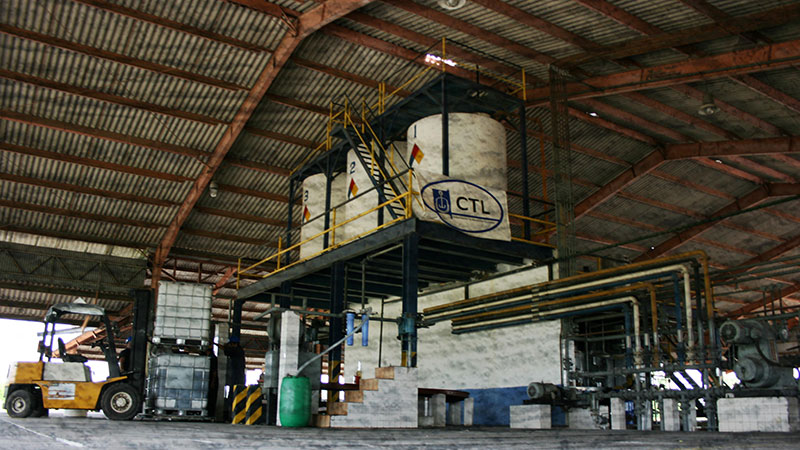Harness the Soil to Feed Your Crop
Applying fertilizer is the conventional practice in production agriculture. Growers are using combinations of natural nutrient cycling (soil biology, microbial interactions) and synthetic/chemical fertilizers to feed their crops. The question is, according to an article on ILSoyAdvisor.com, does synthetic/chemical fertility work with natural nutrient cycling?
These two approaches are not generally complementary and should be prioritized for the greatest benefit on yield, soil health and reducing nutrient runoff.
Here is the suggested priority:
1. Use Natural Nutrient Cycling as the primary fertility method.
- At or prior to planting, inoculate soil with beneficial microbes. (Use compost, cover crops, and/or a liquid microbial extract.)
- At planting, feed the microbes by applying a biofertilizer (primarily amino acids and complex carbohydrates) to grow the microbial biomass and optimize soil functionality to provide crop nutrients.
2. Use Synthetic/Chemical Fertility as supplemental fertility.
- Apply later in the crop cycle at peak nutrient demand.
- Use leaf tissue sampling to determine if nutrients are needed and how much.
- Apply fertility in small doses, ideally foliar, for the highest nutrient uptake efficiency in the leaves of the plant while allowing nature to continue to recycle and feed plant roots.
3. Use a biostimulant to optimize crop and fertility performance.
- Biostimulants stimulate plant metabolism to improve crop vigor, yields, quality and postharvest shelf life.






